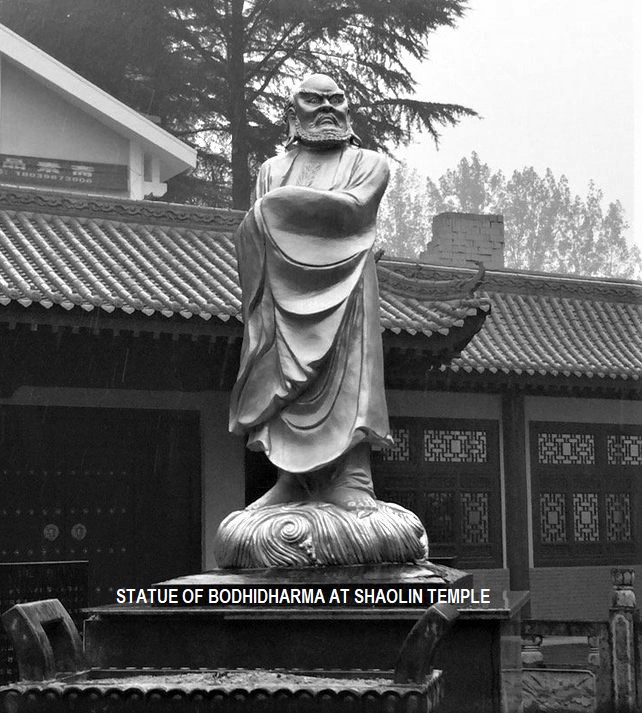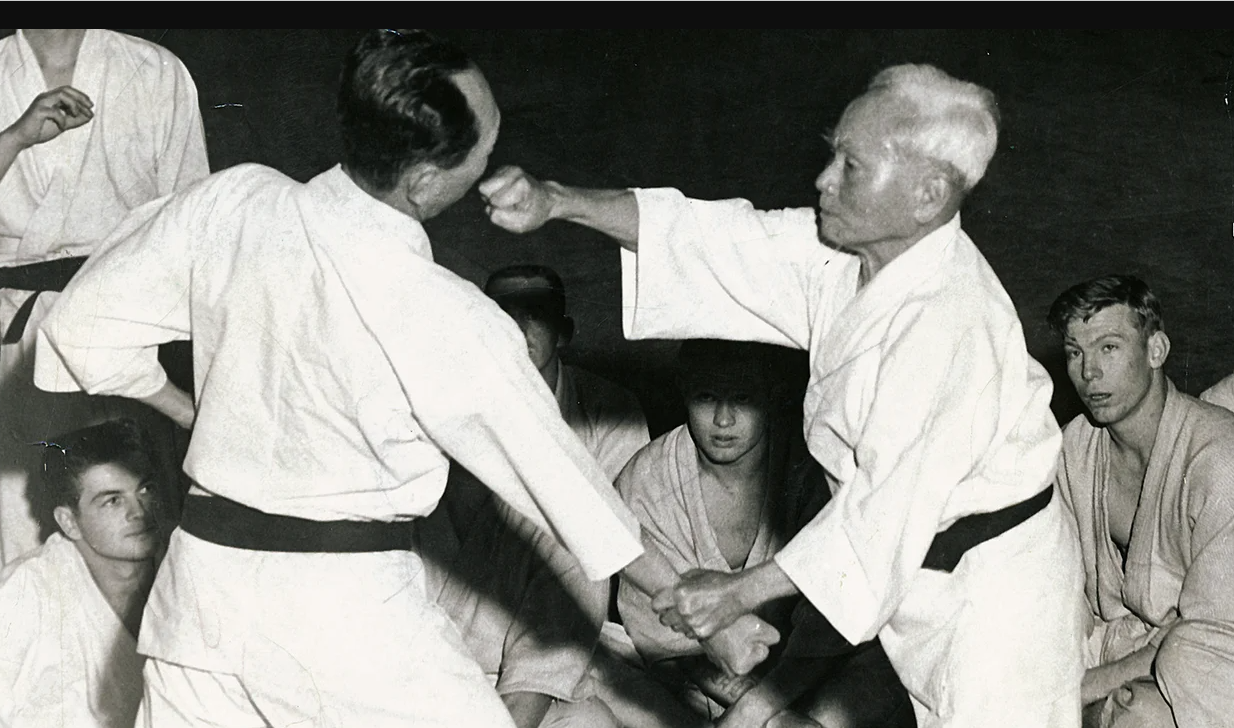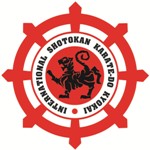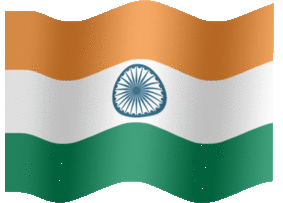INTRODUCING KARATE

INTRODUCING KARATE
KARATE is a technique of self – defence through blocks, kicks & punches and many types of strikes. It’s a great form of exercise which provides a whole-body workout with an emphasis on balance, coordination and aerobic fitness. The complex movements required by karate also challenge the mind and fully engage the trainees, child or adult, as they try to master the stances, blocks, punches and kicks with Japanese terms and language.
Origin of Karate
Karate originated about a thousand years ago from an indigenous martial art of Southern India called “Kalaripayattu” which was carried across the Himalayas by a Buddhist monk called Bodhidharma. He migrated to China where he taught the monks in the temples of Shaolin various exercises designed to strengthen their bodies so that they could withstand the harsh regime of monastic life. Those exercises which he devised all those years ago were very similar to the modern-day karate techniques which you can see in any karate dojo (training hall) in any part of the world.
The techniques spread slowly by word of mouth and by secret practice to the island of Okinawa (part of Ryuku Island, now owned by their northerly neighbour, Japan), where in feudal time the peasantry were not allowed to carry weapons. To defend themselves against the cruel war lords the peasants resorted to the ancient exercises of Bodhidharma and refined them into un-armed punching, chopping and kicking methods which through practice became lethal techniques in themselves when employed by experts.

Styles of Karate
Since karate is a martial art, and many Okinawan and Japanese masters have played an important role in developing this art, and everyone has refined its techniques in their own way, different forms of this art have been developed since ancient times. Which later became popular as different styles of Karate. In the present time, many styles of karate are being conducted at the International level and trainees of all styles are practicing according to their own styles to get mastery in this art. The four most common styles are Shotokan (which has long and low stances and powerful techniques). Shito ryu (noted for its powerful punches). Goju ryu (a traditional style noted for the bodily strength of its practitioners) and Wado ryu (a fast style with upright stances). Apart from this, today many other ancient and modern styles of karate are also developed globally including Shorin ryu, Uechi ryu, Kyokushinkai, Shukokai, Gosoku ryu, Isshin ryu, Gensei ryu etc.
Shotokan Karate

Shotokan karate is one of the most popular style of karate developed from the Okinawan systems, and which was introduced to Japan in 1922 by Gichin Funakoshi, the father of modern karate. He was born in 1868, and studied karate from his childhood. His love of the art led the Okinawan to teach. Funakoshi first arrived in Japan in 1922, invited by the Japanese Ministry of Education to attend an athletic exhibition. His demonstration of karate was a great success.
The word 'shotokan' was chosen by Funakoshi's students to name his first personal dojo, and it derives from his pen name, 'shoto', meaning 'pine waves', and 'kan', meaning hall. Later it became the name of the style established by Master Funakshi,
The Shotokan style considered to be one of the best forms of karate, based on its dynamic techniques and highly practical kata. Shotokan karate utilizes both the upper and the lower body to produce punches and kicks which are linear and forceful.
Shotokan Kata
Kata is often described as a set sequence of Karate moves organised into a pre-arranged fight against imaginary opponents. The kata consists of kicks, punches, sweeps, strikes, and blocks. Body movement in various kata includes stepping, twisting, turning, dropping to the ground and jumping. In Shotokan, kata is a performance or a demonstration, with every technique potentially a killing blow while paying particular attention to form and timing (rhythm). As the karateka grows older, more emphasis is placed on the health benefits of practicing kata, promoting fitness while keeping the body soft, supple and agile. In the Shotokan karate curriculum, kata is considered as the main part of the syllabus for grading examinations.
List of Shotokan Kata:
Taikyoku Shodan, Nidan & Sandan. Heian Shodan, Nidan, Sandan, Yondan & Godan. Teekki Shodan, Nidan & Sandan. Basai Dai & Bassai Sho. Ji’in, Jitte & Jion. Kanku Dai & Kanku Sho. Gojushiho Dai & Gojushiho Sho. Enpi, Hangetsu, Gankaku, Nijushiho, Chinte, Sochin, Meikyo/Rohai, Unsu & Wankan,
Belt / Rank of Karate
The progressive ranks of karate are reflected in the different coloured belts the students wear with their uniform. There are two major classifications: ranks of black belt are called DAN, while all those below the rank of black belt are KYU. Total 10 kyu are there in ISKK as follows: White Belt (0 Kyu), Yellow Belt (9th Kyu), Orange Belt (8th Kyu), Green Belt (7th Kyu), Blue Belt (6th Kyu), Purple Belt (5th Kyu), Brown Belt (4th to 1st Kyu). The Dan grade is also divided in 10 rank as from Black Belt 1st to 10 Dan called Shodan, Nidan, Sandan, Yondan, Godan, Rokudan, Shichidan, Hachidan kudan and Judan.
Karate as Sport
This art then spread further to Japan where it was adopted and developed in the 1930s by Master Gichin Funakoshi who founded a formal training programme for this new martial art, which he called karate – which means literally “empty hand”. After a slow start in Japan this martial art became very popular in Europe and the USA after world war-II. Since the mid of 1970s karate has gained several million practitioners and has now developed into sport karate, which bans the most dangerous techniques but retains the power and speed of the original martial art.
Karate in Olympic
Karate’s acceptance into the Olympic movement in 1986 has further improved its status and world- wide appeal. It is now an exciting and spectacular combat sport which requires hard practice and much self -control in training and competition. Now finally sport of karate included in the Olympic as medal event in Tokyo Olympic – 2020.



国際松濤館空手道協会
INTERNATIONAL SHOTOKAN KARATE-DO KYOKAI
© Copyright All Rights Reserved | Developed by Uinfo Technology Pvt. Ltd.



